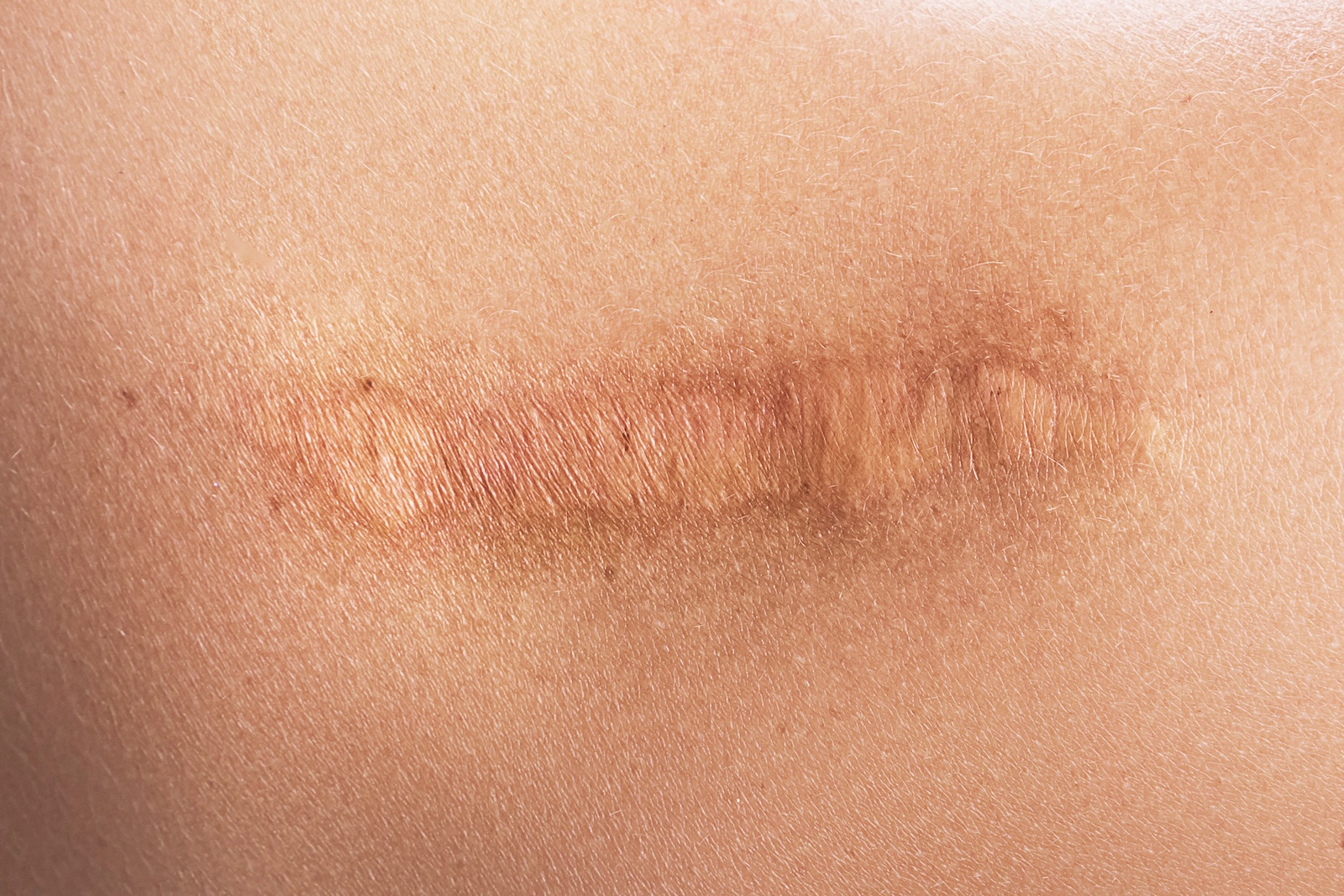
Degenerative Disc Disease (DDD) is a common condition that affects the intervertebral discs that provide cushions between the vertebrae in your spine. These discs allow for movement and flexibility while protecting the spine from impact. As we age, it’s normal for discs to lose some hydration and elasticity. However, when the degeneration becomes severe, it can lead to chronic pain and significant lifestyle limitations.
Founded by internationally-renowned spinal neurosurgeon, Dr. Todd H. Lanman, ADR Spine specializes in providing long-term relief for spinal conditions, first by accurately diagnosing the root cause of their discomfort. Our team offers innovative and time-tested treatments for DDD, always aiming to preserve spinal mobility and quality of life.
What Is Degenerative Disc Disease?
Degenerative Disc Disease occurs when one or more of the spinal discs begin to deteriorate or break down. While the term “disease” may imply a pathological process, DDD is a natural part of aging for many individuals. However, for some, the disc degeneration progresses to a point where it causes persistent pain.
Healthy discs are mainly composed of water and a gel-like center surrounded by a tougher outer ring. Over time, discs can dehydrate, lose height, and become less effective as shock absorbers. This reduction in function may contribute to instability and abnormal motion between the vertebrae, resulting in pain.
How DDD Leads to Chronic Pain
Inflammation and Pain
As discs break down, the surrounding area may become inflamed and more acidic. Chemical irritants released from the damaged disc can trigger inflammation in nearby nerve roots. This inflammation often contributes to the radiating pain known as sciatica, particularly in the lower back.
Structural Changes and Pain
As disc height diminishes, adjacent vertebrae can compress together, which may lead to bone spurs, or osteophytes, as the body attempts to stabilize the area. These bony growths can cause narrowing of the spinal canal or press against nerves, intensifying the pain.
Muscle Tension and Pain
As the body attempts to protect and stabilize the affected area, DDD often causes chronic muscle tension or spasms, which can lead to fatigue, restricted movement, and additional pain over a prolonged period.
Symptoms of Chronic Degenerative Disc Disease
While the signs of DDD can vary based on location and severity, common symptoms include:
- Persistent neck or lower back pain
- Radiating pain into the arms or legs (sciatica)
- Stiffness and reduced mobility
- Discomfort when sitting, bending, or lifting
While many individuals experience only mild symptoms, others find that DDD significantly interferes with their daily lives. If the pain persists beyond a few weeks or worsens over time, it is essential to consult a specialist.
Managing Chronic Pain from DDD
Self-management plays a key role in controlling DDD-related discomfort. Here are a few habits that can help when you incorporate them into your daily routine:
- Practice good posture to minimize pressure on the spine
- Use ergonomic furniture and supportive mattresses
- Take regular movement breaks if you sit for long periods
- Apply ice or heat as needed to reduce pain or stiffness
- Incorporate gentle stretching and core-strengthening exercises
- Address emotional well-being with supportive therapy or stress-reduction techniques
Treatment Options for DDD
Non-Surgical Treatments
Conservative treatment is often the first step. These options may include:
- Physical therapy tailored to build strength and improve flexibility
- Over-the-counter or prescription medications to reduce inflammation and manage pain
- Epidural steroid injections or selective nerve blocks
- Lifestyle modifications such as managing weight or stopping smoking
Surgical Treatments
When conservative approaches no longer provide relief, surgical intervention may be necessary, including:
- Spinal Fusion: Stabilizes the affected segment by joining two or more vertebrae. While effective in relieving pain, this option limits spinal motion.
- Artificial Disc Replacement (ADR): A motion-preserving alternative to fusion. ADR replaces the damaged disc with a biomechanical device designed to replicate the natural motion of the spine.
- Decompression Procedures: These remove parts of bone or soft tissue that may be pressing on nerves.
When to Consider a Spine Specialist
If you experience worsening symptoms or if non-surgical treatments have not provided lasting relief, it may be time to consult a spine specialist. At ADR Spine, we conduct a thorough evaluation to determine your pain’s root cause and identify the most effective path forward.
Dr. Lanman and his team are nationally recognized leaders in spinal innovation, with particular expertise in artificial disc replacement. Our approach prioritizes motion preservation and long-term functionality.
FAQs: Degenerative Disc Disease and Chronic Pain
What are the early signs of degenerative disc disease?
Some of the most common early symptoms include intermittent neck or lower back pain, stiffness after periods of inactivity, and discomfort with specific movements.
Can degenerative disc disease be cured?
DDD is considered a progressive condition and cannot be “cured,” but through targeted treatments and lifestyle adjustments, its symptoms can be effectively managed, with many patients experiencing long-term relief
What lifestyle changes can help manage DDD pain?
Focus on posture, regular low-impact exercise, weight management, and avoiding tobacco use.
Is surgery always necessary for DDD?
No. Many patients respond well to conservative treatments, and surgery is typically reserved if other methods have not worked.
What are the advantages of artificial disc replacement?
ADR helps maintain spinal flexibility and may prevent adjacent segment degeneration, offering a more natural long-term outcome than fusion.
Find Relief from Degenerative Disc Disease
You don’t have to settle for a life of discomfort, pain, and immobility. If you’re experiencing chronic back or neck pain, reach out to us at ADR Spine to schedule your comprehensive, complimentary consultation. We’ll review your unique history and symptoms and explore advanced solutions tailored to your needs. Together, we’ll help you move beyond your pain and return to living on your terms.
Ready to reclaim your life? Get in touch with Dr. Lanman Today.
FOLLOW US ON SOCIAL MEDIA | @ADRSPINE




